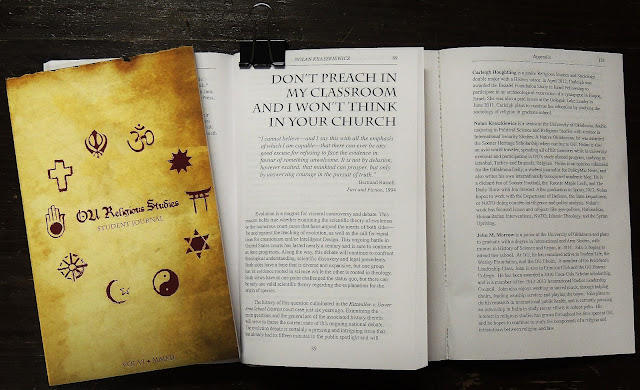The blatant infractions on basic protocols by the CIA culminated in unsuspected attack with devastating effect. The central downfall in this instance was exactly the nature of human intelligence – it was simply human error. A combination of anxiety, anticipation, and an eagerness to follow through with the assigned mission directives made the usually methodical and careful CIA agents overlook the basic procedures that had allowed them to feel so invincible.
The mistake on the part of the CIA was that in their excitement in learning about and then pursuing al-Balawi was that they put all of their eggs in one basket – or rather put too many officers in one building with their informant. The plan penned by the Pakistani Taliban and al-Balawi is not in itself all that sophisticated on their end. It relied more upon the naïve enthusiasm of an American intelligence community wearied by war. The CIA lulled themselves into a false sense of security due in part because of the rigorous and comprehensive security minded pre-requisites and checks they had. It was the long-term success of these compiled policies that facilitated this almost complacent mindset that would precipitate the environment in which this attack would occur.
This scenario involved a breakdown at numerous levels. However, the extent of the breakdown becomes greater the closer the contact with the Jordanian al-Balawi became. It seems almost like a given fact that the President of the United States or the Director of the CIA would react to this sort of potential scenario in a given manner. With as many irons in the fire as the American intelligence community, let alone the CIA has, that orders would be given with an imperative tone in regards to the potential success of the unfolding mission. This type of action has been taken in the past and will continue to be taken in the future.
 |
| Humam al-Balawi in a video |
What has to be examined is, what I feel to be, the two other factors/variables: the Jordanian intelligence contact and the actual CIA handlers in Khost. It is no secret that the Jordanian intelligence service is easily one of the preeminent forces in the Middle East; and because of that America is lucky to count it in its allies. America is really just unable to jump into Jordanian intelligence affairs and tell them to implement reforms suited to what we see as our mission. Since this is a realized implausibility, the proper course of action is now just to alter how our interactions with the Jordanians are conducted. This is seemingly the only way we can account for a needed change.
Ultimately, the central fault on behalf of the CIA was because of the agents on the ground. As far as actual recourse or discipline for the involved members, that is not a possibility because sadly and unfortunately the people at fault were also the ones who met their ultimate demise in the attack. But this is also groundwork for a learning exercise of why the basic security checks are such a central part to maintaining the integrity and safety of the CIA agents and the bases. Granted there was quite an extensively fabricated background suggesting who al-Balawi was supposed to be and also what he was supposed to potentially yield – all of that could have been undone by simply following basic protocol.
Here is a brief 5 minute clip from the film Zero Dark Thirty. This scene is a depiction of the events that transpired at the CIA station in Khost on that fateful December day in 2009. The depiction of the suicide attack in the film is a great emulation of how Joby Warrick describes it in his book. I feel this adds educational and commentary value to my critique. In the scene's dialogue, you can clearly hear the pleas by the female station chief to bypass regular security protocols.
FAIR USE NOTICE: I am using this brief video clip in the capacity of a student, academic, and as an educator. I do not claim any ownership rights to the video footage and in no way will I make a financial profit in the course of using this clip. http://www.copyright.gov/fls/fl102.html





